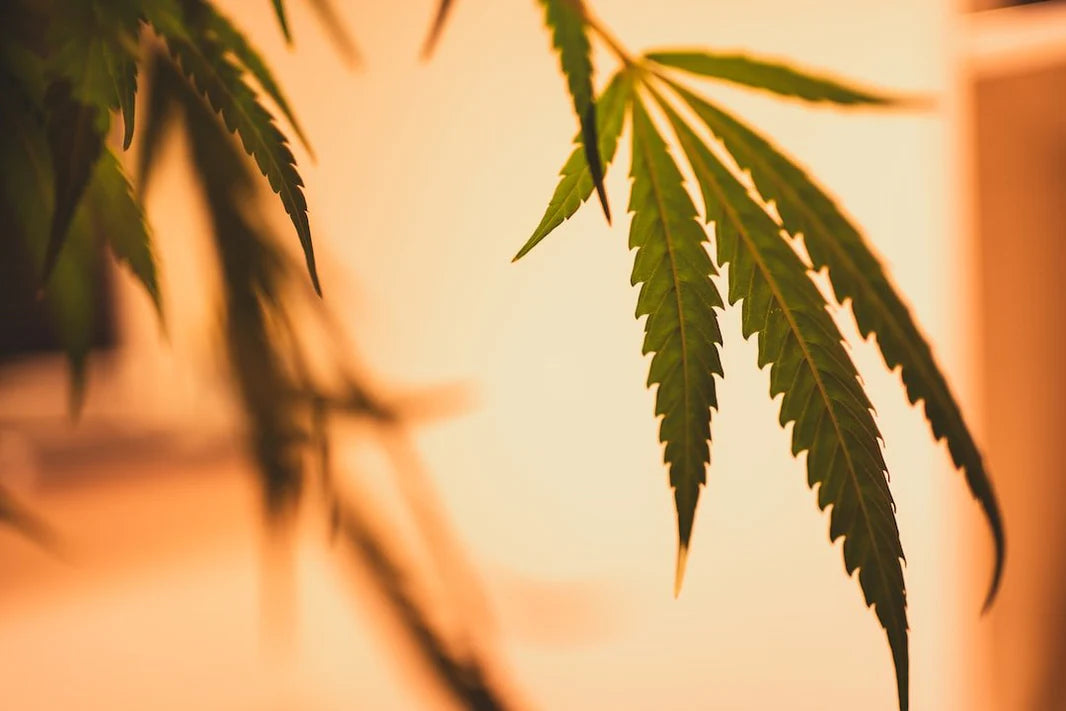
The Science Behind Alternative Cannabinoids
, 3 min reading time
As the popularity of cannabis continues to soar, more and more research is being conducted to understand the plant's compounds and their potential benefits. While most people are familiar with THC (tetrahydrocannabinol) and CBD (cannabidiol), there are numerous other cannabinoids found in the cannabis plant that are gaining attention for their unique properties. In this article, we will delve into the science behind alternative cannabinoids and explore their potential therapeutic applications.
What are alternative cannabinoids?
Alternative cannabinoids are the lesser-known compounds found in the cannabis plant. These cannabinoids, also known as minor cannabinoids, are present in smaller quantities compared to THC and CBD but still offer exciting potential benefits. Some of the alternative cannabinoids include:
- CBN: Cannabinol
- CBG: Cannabigerol
- THCV: Tetrahydrocannabivarin
- CBC: Cannabichromene
Exploring the therapeutic potential
While research on these alternative cannabinoids is still in its early stages, preliminary studies indicate that they may have various therapeutic properties.
CBN
Cannabinol (CBN) shows promise as a potent sedative, potentially aiding in the treatment of insomnia. It is believed to have a stronger sedative effect compared to THC, making it an interesting alternative for those struggling with sleep issues.
CBG
Cannabigerol (CBG) has gained attention for its potential anti-inflammatory and antibacterial properties. It may also have neuroprotective effects, suggesting potential use in treating neurodegenerative diseases.
THCV
Tetrahydrocannabivarin (THCV) has a different molecular structure compared to THC, which may lead to different effects. Some studies indicate that THCV could potentially suppress appetite, making it an appealing option for weight management.
CBC
Cannabichromene (CBC) has shown promise as a potential analgesic, meaning it may have pain-relieving properties. It is believed to interact with pain receptors in the body, suggesting potential use in managing chronic pain conditions.
Understanding the entourage effect
One of the reasons alternative cannabinoids are gaining attention is due to the entourage effect. This concept suggests that cannabinoids work most effectively when consumed together, as opposed to isolated compounds. The entourage effect is thought to arise from the synergistic interaction between cannabinoids and other compounds found in the cannabis plant, such as terpenes and flavonoids.
When cannabinoids are consumed together, they may enhance each other's therapeutic properties, leading to a more significant overall impact. For example, combining CBD and CBG may increase the anti-inflammatory effects, offering potential benefits in managing inflammatory conditions.
The future of alternative cannabinoids
While research on alternative cannabinoids is still in its infancy, the growing interest in these compounds presents exciting possibilities for the future. As more studies are conducted and regulations evolve, we can expect to gain a better understanding of their full therapeutic potential.
Furthermore, as the demand for alternative cannabinoids continues to rise, we may see an expansion in the availability of products containing these compounds. This offers consumers the opportunity to explore alternative options and tailor their cannabis experience to their specific needs.
Conclusion
While THC and CBD remain the most well-known cannabinoids, alternative cannabinoids are slowly stepping into the limelight. Through ongoing research, we are beginning to uncover the unique therapeutic potential of these compounds, from sleep aids to pain relief and beyond. As our understanding of cannabis deepens, alternative cannabinoids may play an integral role in shaping the future of medicinal cannabis.

